The Ontario Center, known for most of its life as Richland Mall, sits in Ontario, Ohio, near Mansfield along US 30.
It opened in 1969 on a 64-acre site developed by Jacobs Visconsi Jacobs, anchored by Lazarus, Sears, and O'Neil's.
The property grew in 1997 with the addition of JCPenney and saw multiple anchor rebrands, from Lazarus to Macy's, and Kaufmann's to Macy's again after a relocation.
Ownership passed through Westfield, Centro Watt, and Wells Fargo. By 2021, only JCPenney remained among the traditional retail anchors.
In April 2024, the Brait Fund purchased the property for $4 million, renamed it The Ontario Center, and announced plans for $10 million in upgrades.
Today, it operates with a mix of medical, retail, and event space under Brait Capital's management.
Foundations and Grand Opening (1966-1969)
In 1966, Jacobs Visconsi Jacobs announced plans for a new enclosed shopping center in the growing suburb of Ontario, Ohio.
The location sat along US 30, close to Mansfield, on a 64-acre parcel.
Construction created a single-level retail floor plan designed around three major anchor tenants.
Lazarus, then a prominent Columbus-based department store, committed to its first site outside its home market.
Sears brought a large-format store, consistent with its regional footprint, and O'Neil's, an Akron-based chain, rounded out the initial lineup.
By 1969, the building was complete and ready for business. The enclosed corridors linked each anchor with smaller shops in between.
Parking areas surrounded the structure, accommodating the anticipated traffic from surrounding counties.
The mall's debut gave Ontario a regional retail address that competed directly with established downtown shopping in Mansfield.
The footprint allowed for direct access to each anchor from the parking lot.
Still, most visitors passed through the enclosed space, creating consistent interior traffic.
This arrangement held for decades, shaping the mall's retail flow well past its opening years.
Growth and Early Rebrands (1970s-1996)
In the mall's early years, anchors changed names but kept their locations.
O'Neil's was rebranded as May Company Ohio, bringing that chain into the Ontario market.
Later, May Company merged into Kaufmann's, changing signage and marketing while leaving the store's footprint in place.
Lazarus and Sears maintained their roles through these changes, continuing as familiar points for regular shoppers.
During the 1970s and 1980s, the basic layout remained unchanged.
Seasonal promotions often centered on these large spaces, with the smaller shops adapting to the flow they created.
The interior finishes from the original build stayed in place, showing few visible upgrades during these decades.
By the mid-1990s, regional retail trends were leaning toward growth.
Other Ohio malls were adding anchors and lengthening concourses, and the Ontario property had room to follow suit.
Plans took shape for a major addition that would bring in a new department store, the first significant physical change since the mall was built.
The expansion aimed to attract a broader range of stores and strengthen the mall's position in the regional shopping market by the end of the decade.
Expansion and Corporate Ownership Changes (1997-2006)
In 1997, the mall expanded to make room for a new JCPenney anchor, adding 108,000 square feet of retail space and bringing in more tenants alongside the department store.
The layout shifted to accommodate the additional concourse, altering the way shoppers moved between anchors.
This was the most visible structural change since the mall opened nearly three decades earlier.
By 2002, ownership under the Westfield Group brought a new name: Westfield Shoppingtown Richland.
Signage and marketing materials reflected the brand, aligning the mall with other Westfield properties across the country.
Inside, the anchor lineup changed again in 2003 when Lazarus became Lazarus-Macy's, then shifted to simply Macy's in 2005.
The following year, Macy's moved from its original Lazarus spot into the former Kaufmann's location.
The old Lazarus building later became a seasonal haunted attraction, using the large vacant space without permanent redevelopment.
In 2006, Westfield sold the property to Centro Watt.
With the sale came another return to the Richland Mall name, removing the corporate prefix from signs and materials.
The change in ownership left the building itself untouched but brought the second rebranding in four years.
All anchors stayed put, and the mall continued to serve as a key retail hub for the region.
New Uses and Financial Strains (2012-2018)
In 2012, Brixmor, then the mall's owner, hired Madison Marquette to handle daily operations.
The next year, Avita Health System bought the vacant former Lazarus space.
The property underwent major renovations and reopened in December 2014 as medical offices.
Avita cited the site's accessibility and the building's solid construction as key reasons for choosing the location. By 2015, financial pressures mounted.
A judge ordered the sale of the mall after Centro Richland LLC, tied to the property, accumulated $37 million in debt.
While the court process moved forward, work continued on Avita's broader plans.
In early March 2017, the health system opened the final phase of its hospital expansion, adding a seven-bed ICU, a nineteen-bed inpatient wing, a sixteen-bed pre/post-operative area, four surgical suites, and a full-service cafe and kitchen.
Having medical offices in the mix changed the feel of the place and set things up for more changes in how the mall fit into the local economy.
Ownership changed again in 2018 when Wells Fargo sold the property to Richland Mall Holdings LLC.
Anchor Losses and Pandemic Impact (2019-2021)
On August 6, 2019, Sears announced it would close its Richland Mall store.
Liquidation began August 15, and the store shut its doors in October, leaving another large anchor space vacant.
In 2020, Chuck E. Cheese closed after the company filed for bankruptcy, removing a long-running family entertainment tenant from the mall's mix.
On January 6, 2021, Macy's confirmed plans to close 46 stores nationwide, including the Richland Mall site.
The store's final day of operation was March 21, 2021.
This closure ended Macy's presence in the building and left JCPenney as the only traditional department store anchor.
The vacant Macy's space joined the former Sears and other empty units, changing the balance between occupied and unoccupied floor area.
These years also coincided with broader shifts in national retail patterns and the local economy.
The combination of large anchor losses and reduced tenant variety altered how the concourse was used by visitors.
Foot traffic patterns no longer flowed toward the former Sears and Macy's wings in the same volume as before.
Redevelopment and Rebranding (2020-2025)
After acquiring the former Sears building in October 2020, Avita Health System began renovating the 52,000-square-foot space to create a multi-service medical campus.
By January 2023, the Avita Ontario South Campus opened with a walk-in clinic, primary care offices, diagnostic imaging, laboratory services, and a retail pharmacy with a drive-through.
The facility consolidated several Avita providers and added new patient services under one roof.
In early 2025, construction started on a comprehensive cancer center within the same building, scheduled to open in autumn 2025.
The project aims to centralize cancer treatment and expand the site's range of specialty care while keeping the second floor available for future build-outs.
In April 2024, the Brait Fund bought Richland Mall for $4 million.
The new owners laid out a three-year, $10 million plan to keep current retailers and add a gym, daycare, and more food choices.
They also said they want to bring in local entrepreneurs as tenants.
Shortly after the sale, the property was renamed The Ontario Center, with the change publicly announced on June 4, 2024.
The mall's open areas continued to host events.
On May 21, 2025, the Ohio District 5 Area Agency on Aging held its Senior Spring Extravaganza there, with a resource fair, entertainment, lunch, bingo, and a classic car show.
The event made use of both the interior space and the surrounding parking lots.
Current Role and Operation
The Ontario Center functions as a mixed-use property combining retail, medical, and event space under Brait Capital's management.
JCPenney is the only traditional department store anchor, while Avita Ontario Hospital occupies one of the largest anchor footprints.
The vacant anchor unit of the former Macy's remains alongside smaller operating tenants, and about half of the premises listed on the mall's site are currently unoccupied.
The center continues to host events such as resource fairs and seasonal programs, using interior corridors and parking areas for public gatherings.
Redevelopment plans announced in 2024 propose new tenant categories and amenities, though they are still in progress.
The current layout shows active areas in daily use, medical services drawing steady traffic, and large sections awaiting leases or renovation.

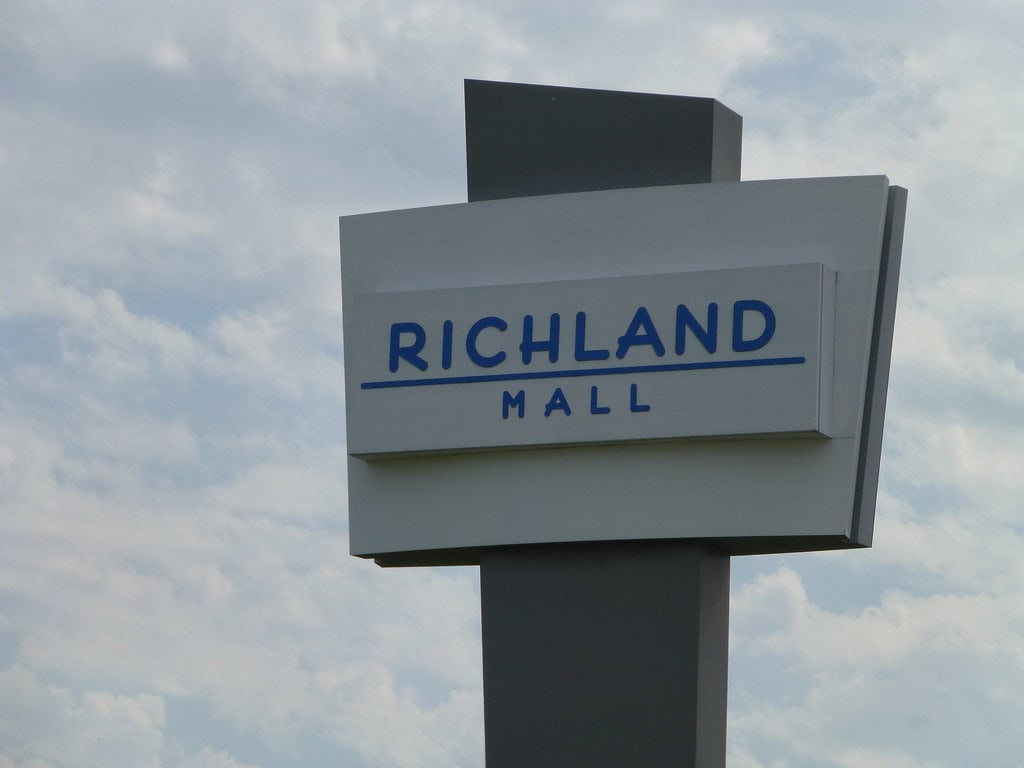
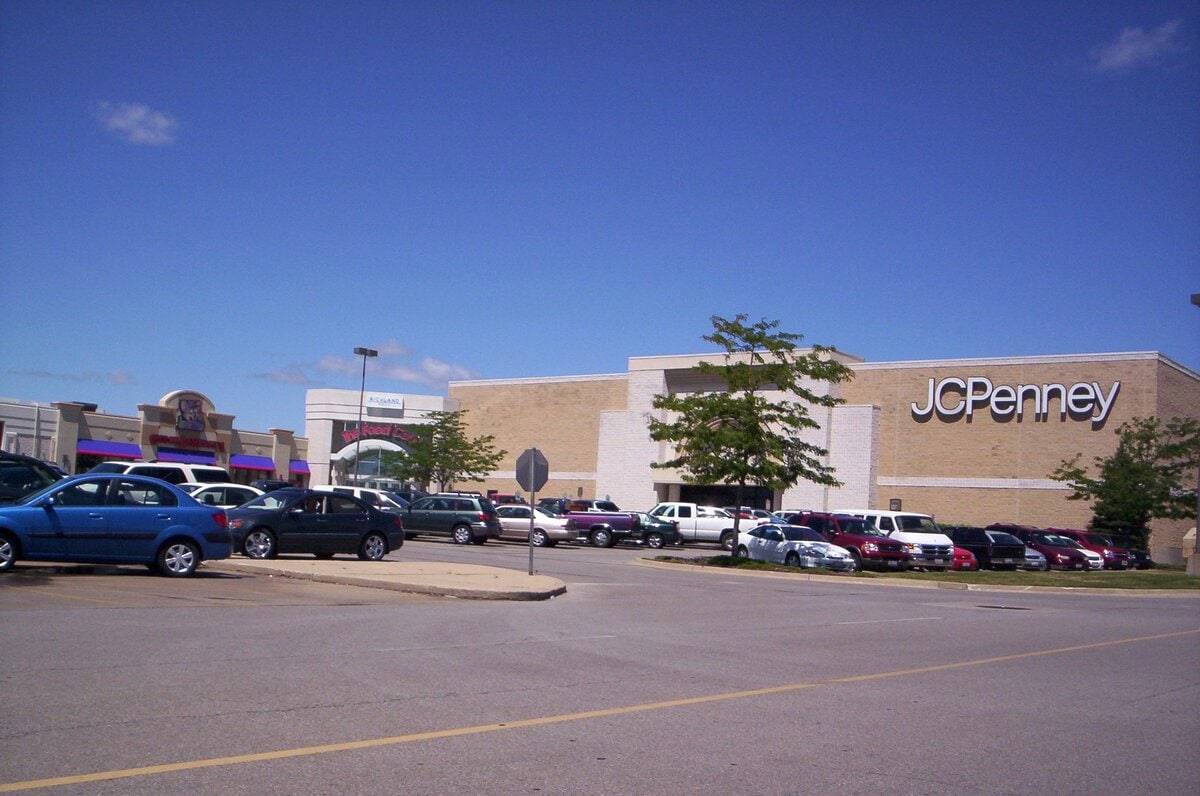


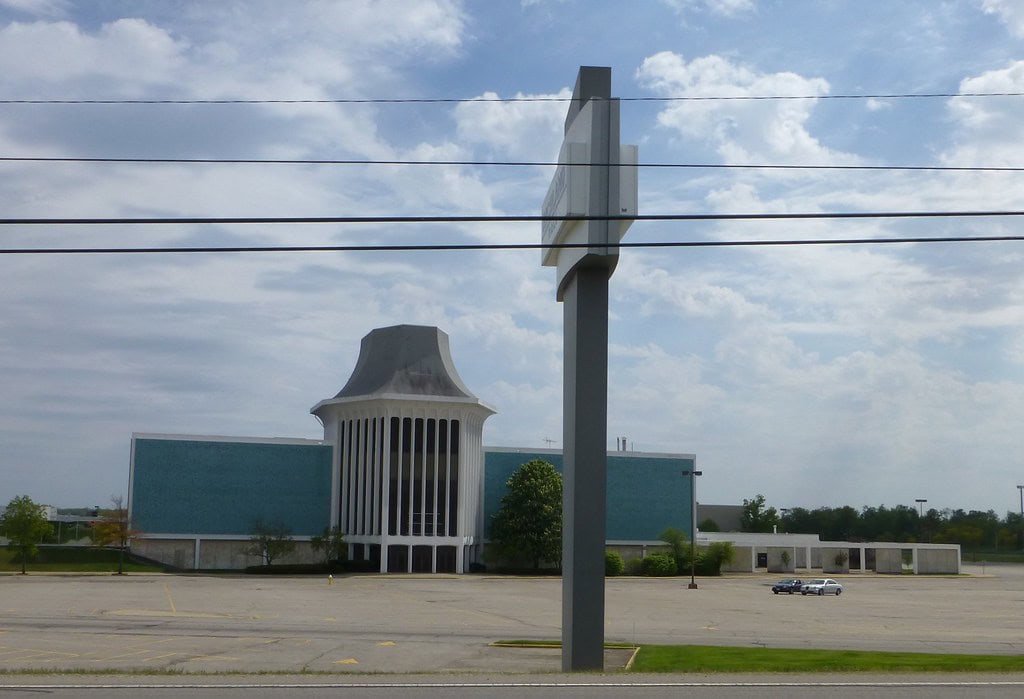
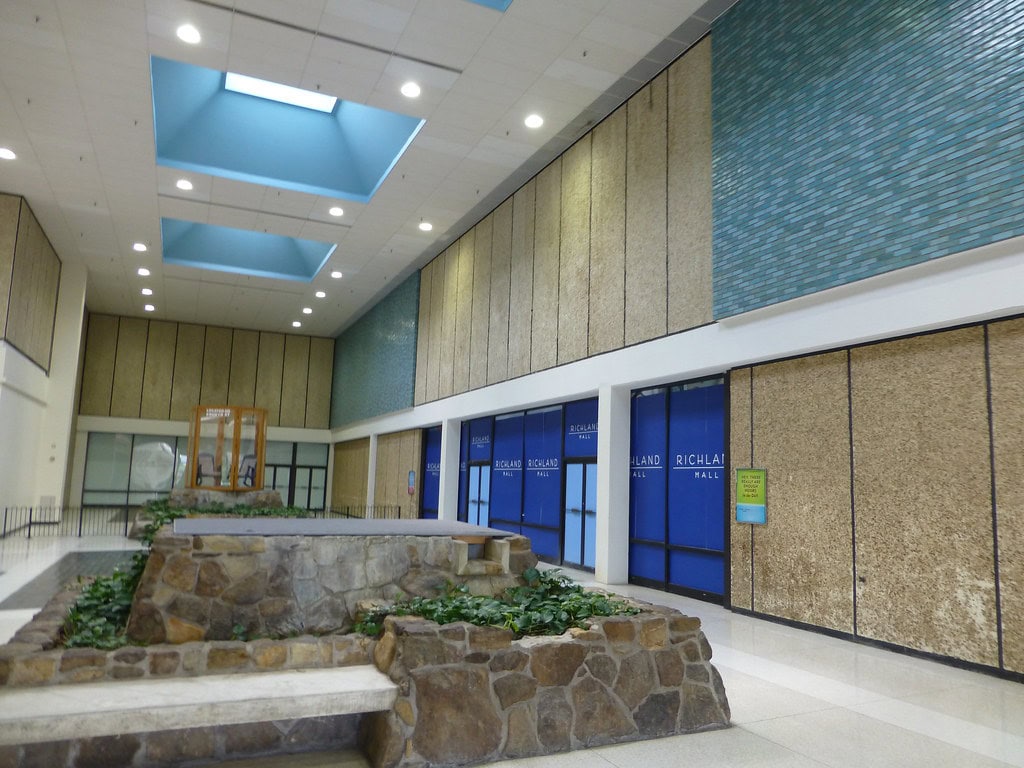
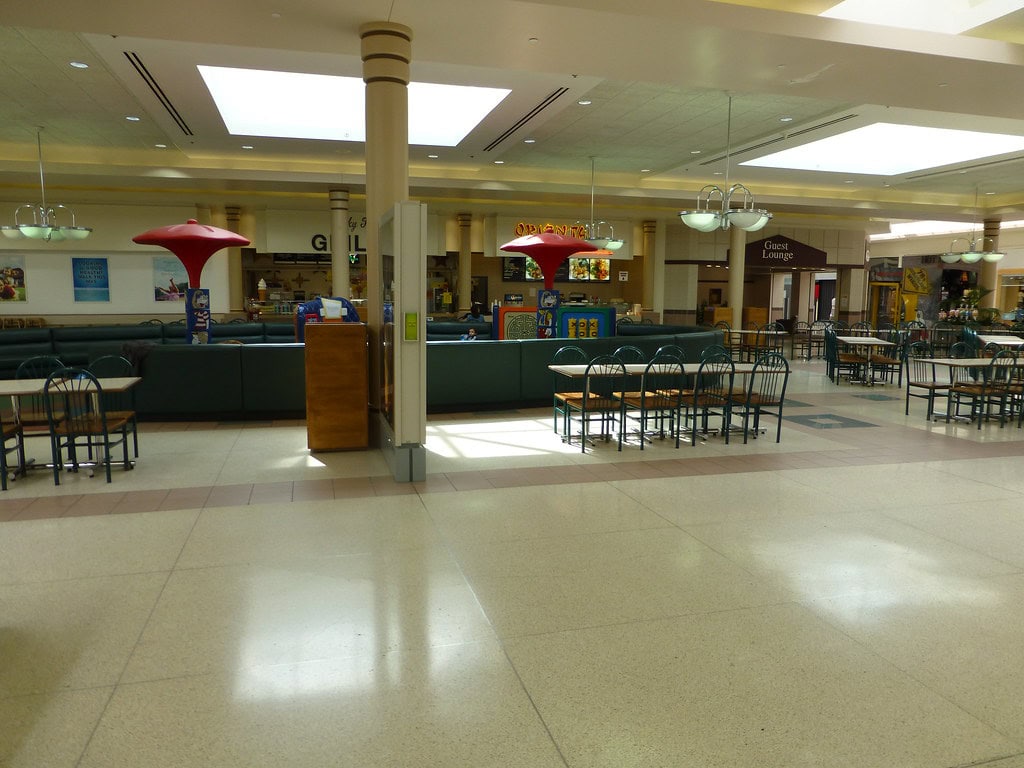
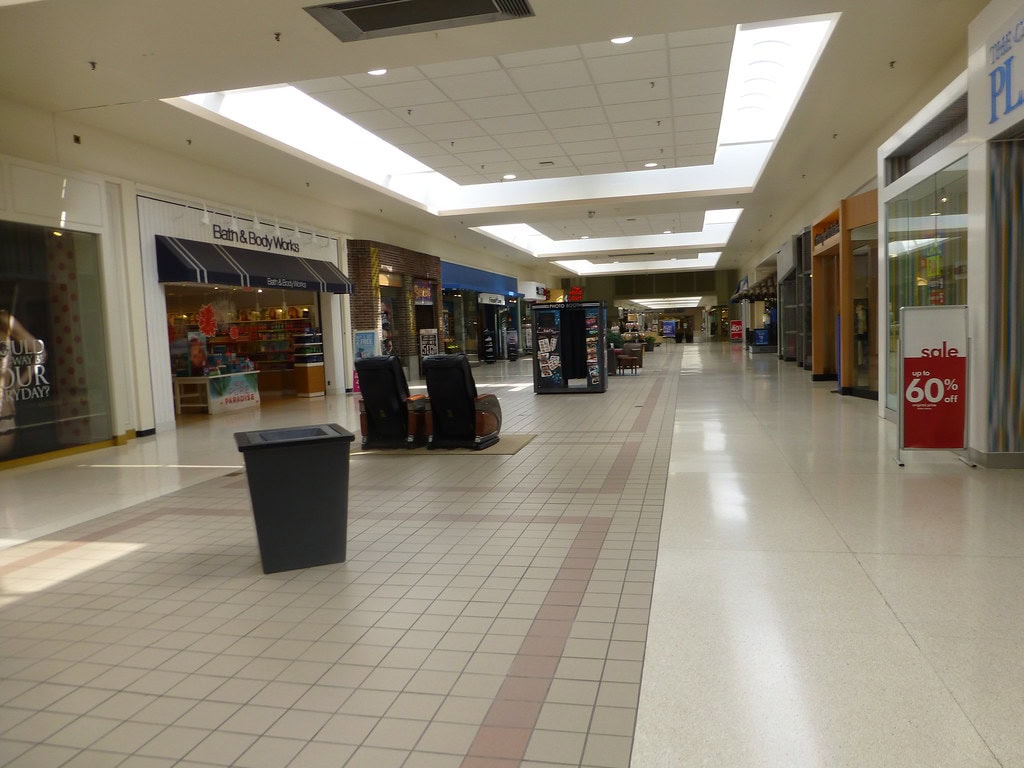
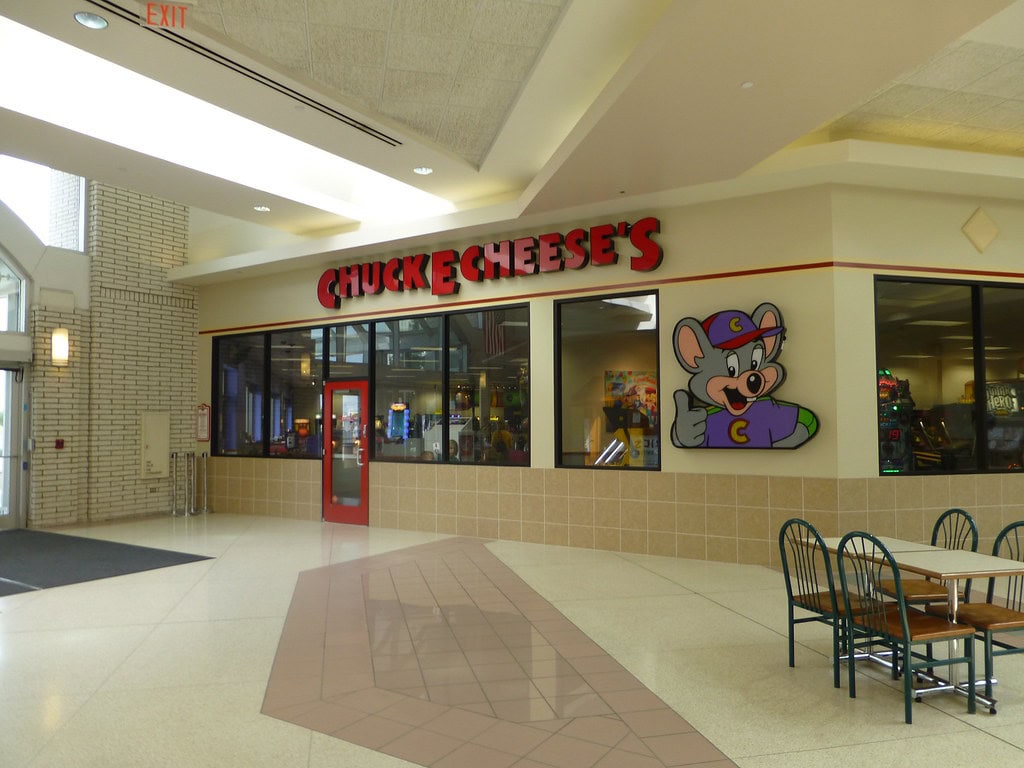
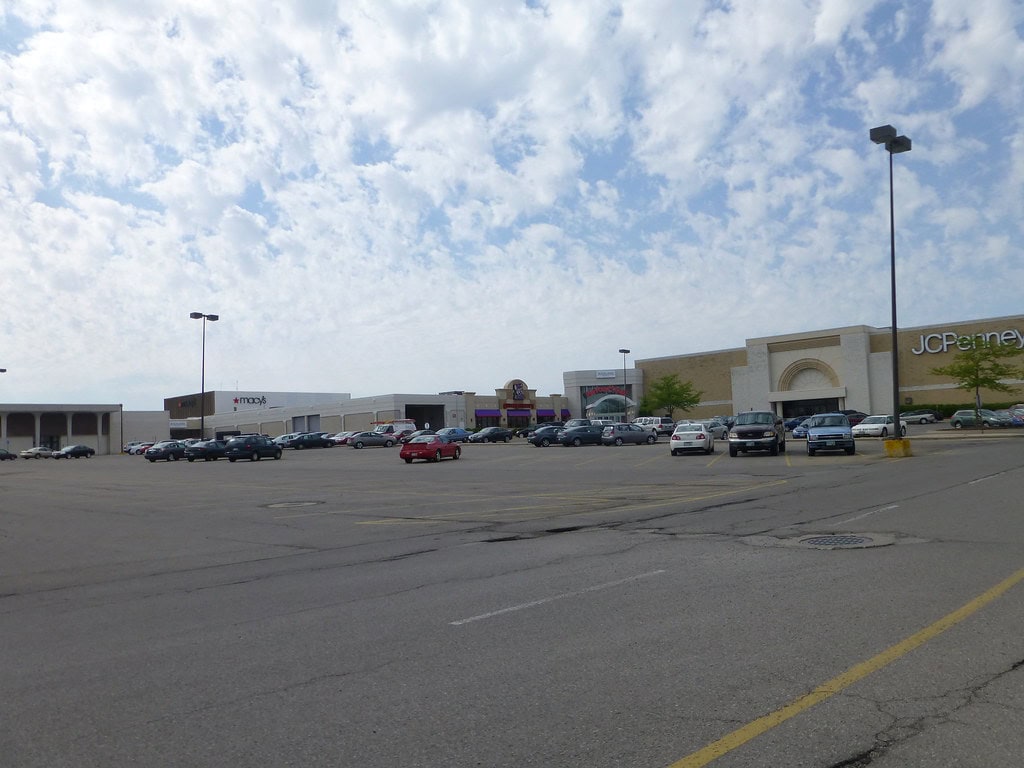
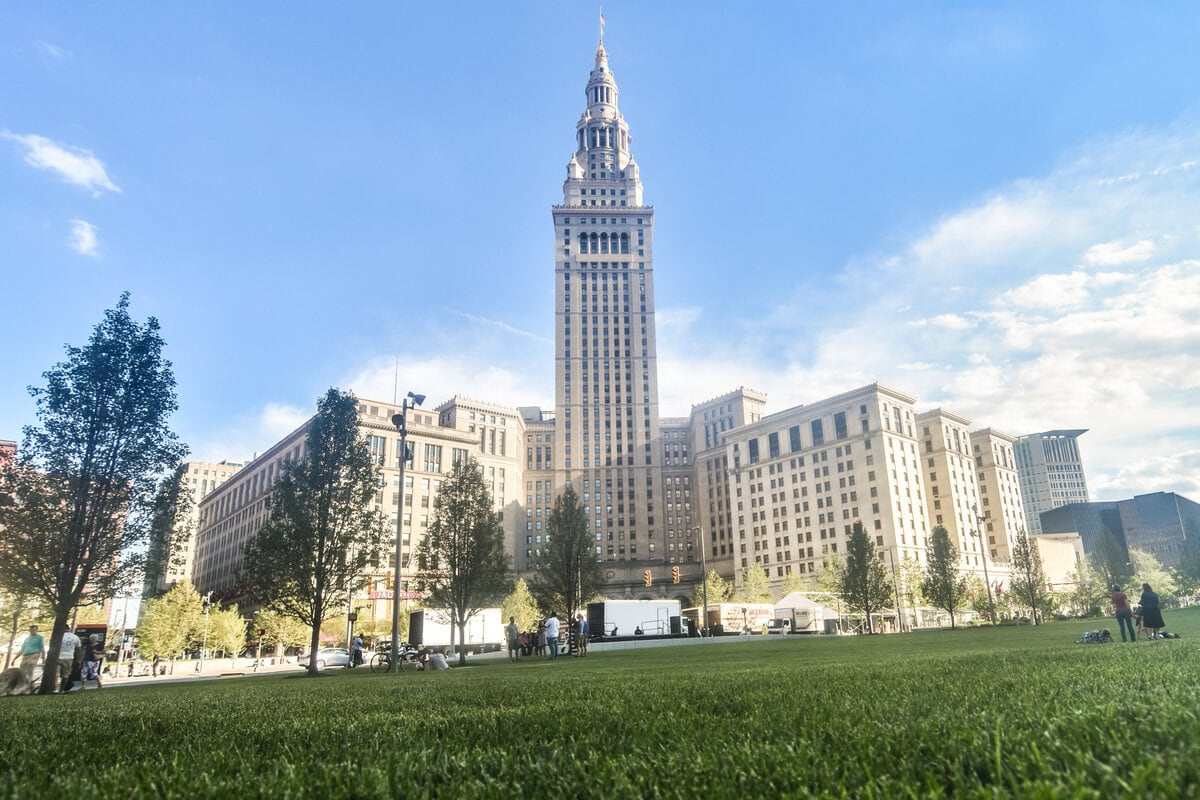

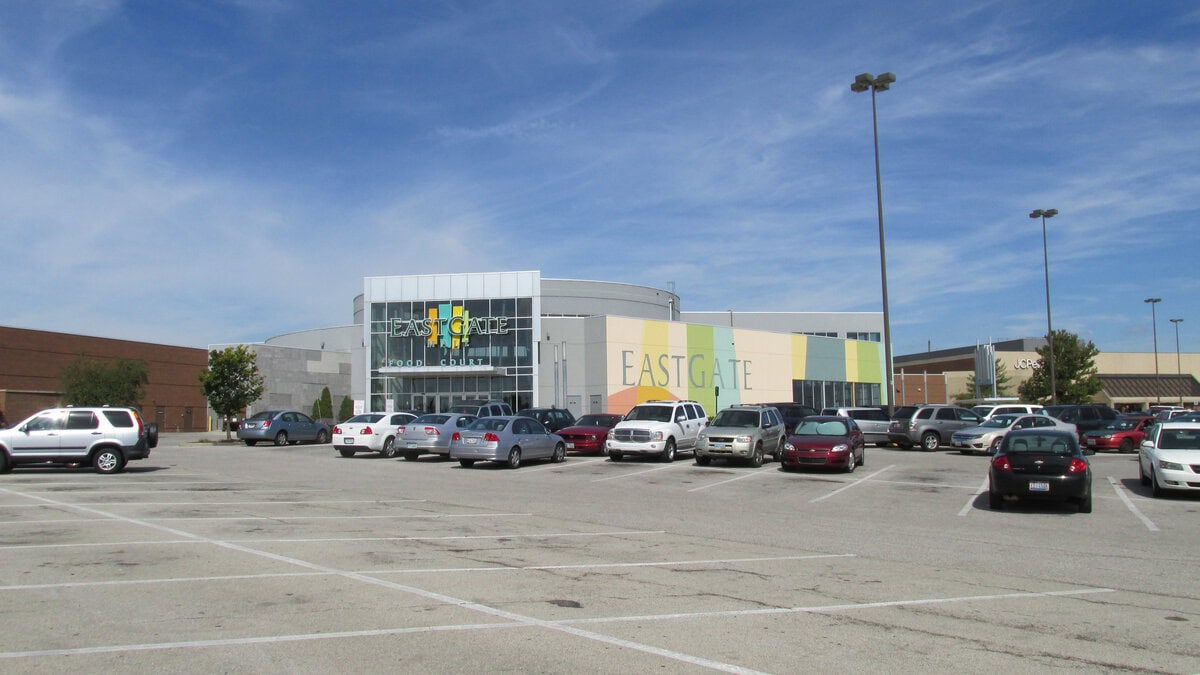
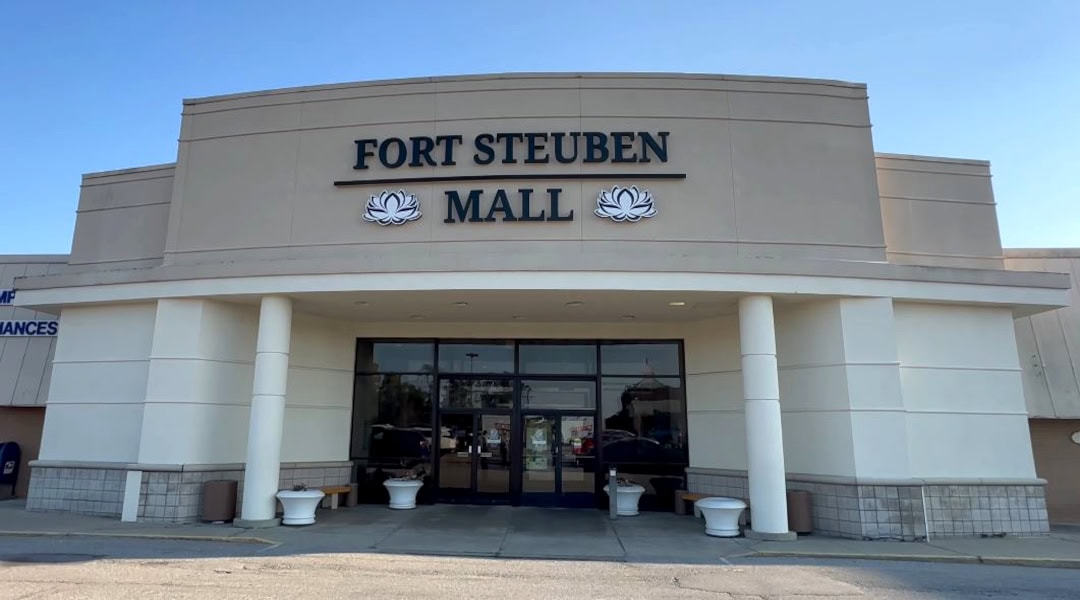
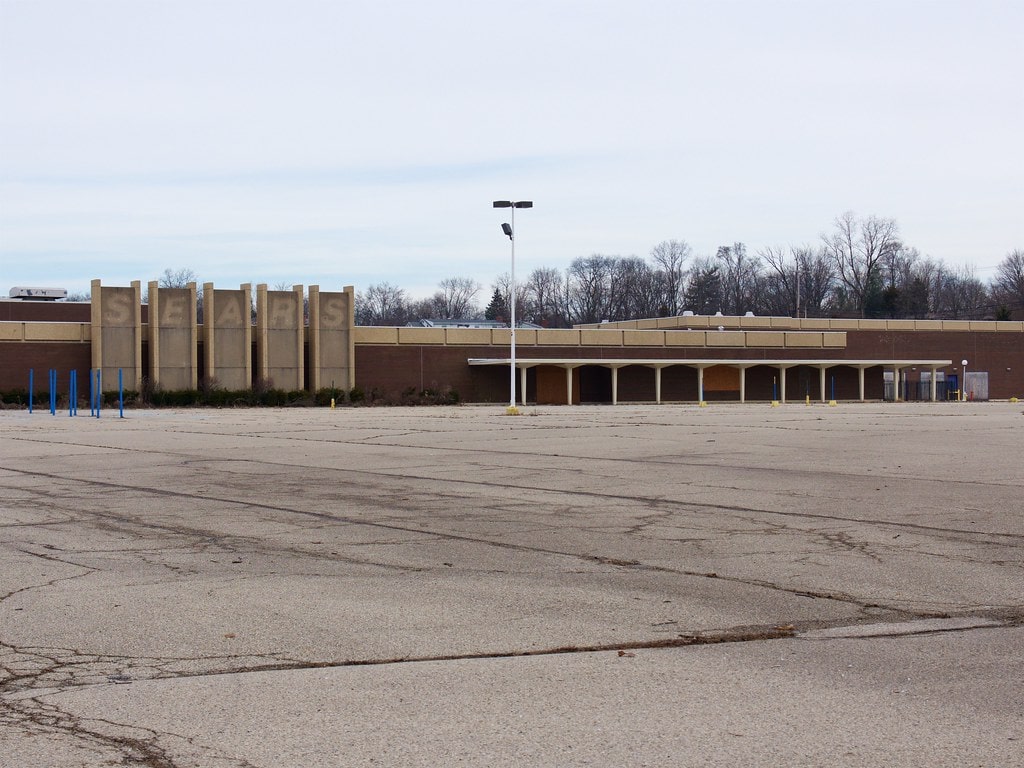
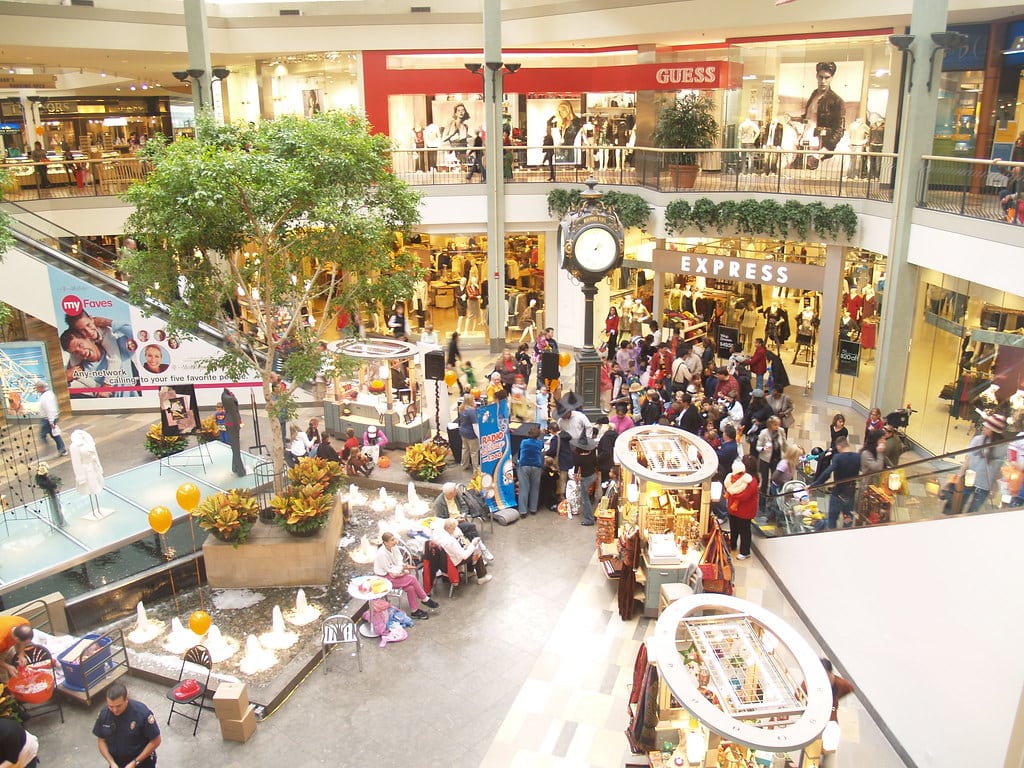
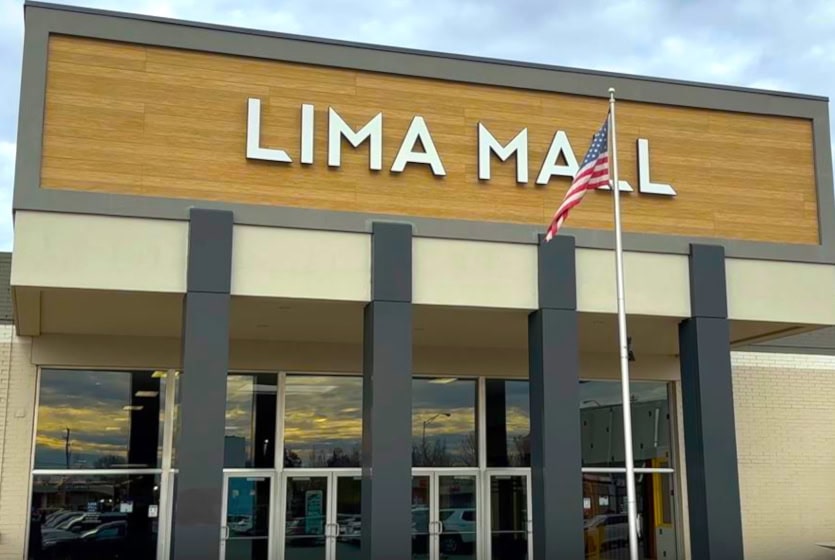
the 1980s was a national landmark for that mall we don't need more avita medical places bring back things families enjoyed like the mall Lazarus and Macy's sears change was not necessary more avita that's is everywhere
You captured what many people feel: the mall was once a family destination, not a medical campus. The switch to medical space shows how different the economy is now, but it doesn't soften the loss.